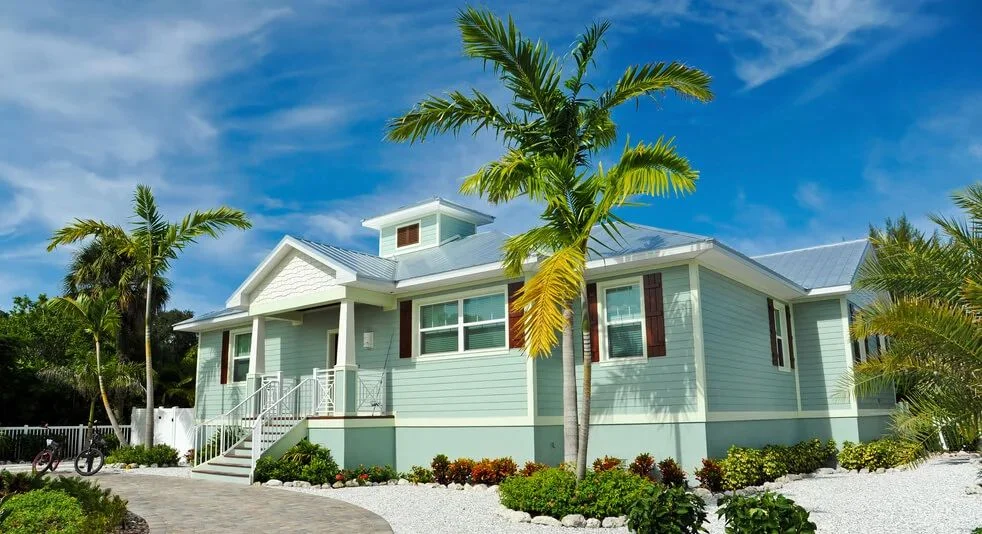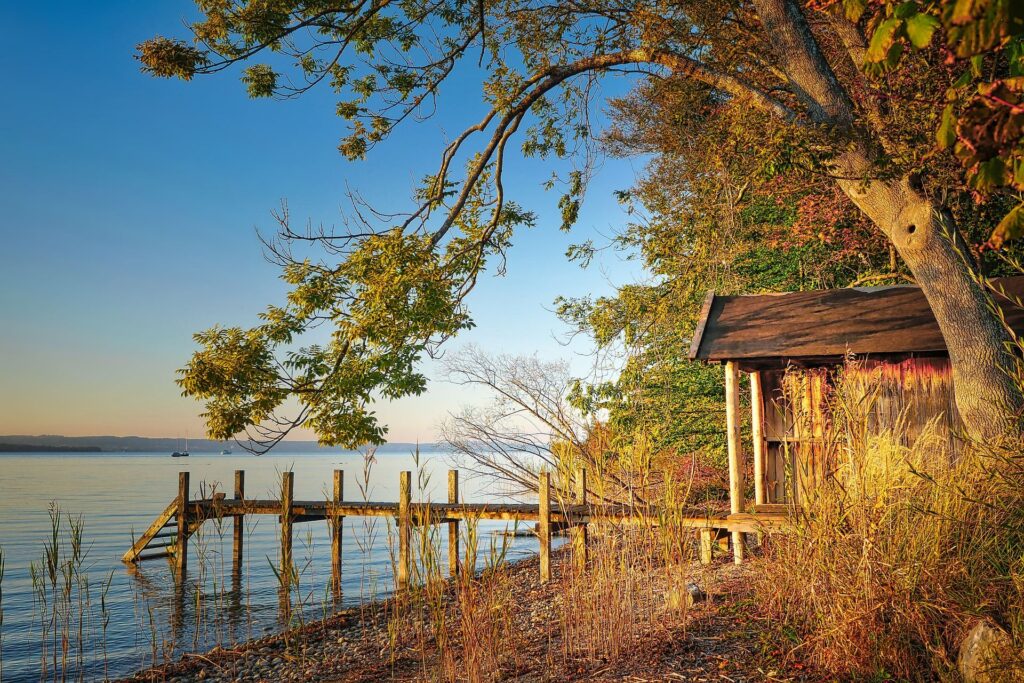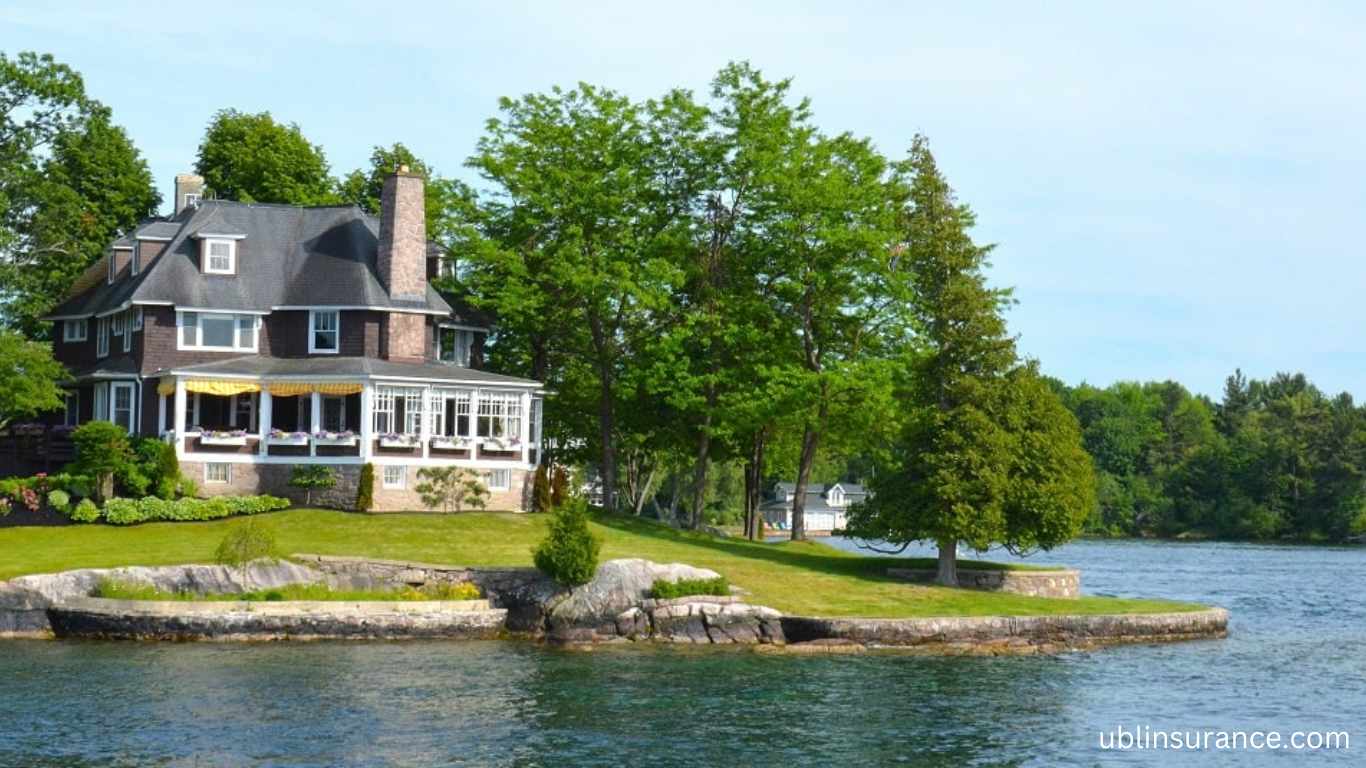Protection for second homes in get-away regions is fundamental for property holders looking to shield their properties from startling dangers. These homes, frequently situated in well-known places to get away, face remarkable provokes like higher openness to cataclysmic events (like floods, storms, or fierce blazes), defacement, or burglary when abandoned. Standard mortgage holders’ protection could not wholly cover these dangers, which is the reason why getaway home protection is essential.
Country estate protection covers property damaged loss of rental pay on the income if it is leased to visitors. It usually covers episodes of incidents, storm harm, or damage-ins and can offer extra assurance for individual property and resources kept at the home.
Insurance for Second Homes in Vacation Areas Overview
Claiming a second home in a getaway region is a thrilling venture that furnishes you with an individual retreat and the potential for rental income. However, possessing a subsequent home, particularly in an excursion region, requires cautious thought of different protection needs.

Summer homes are frequently presented with exceptional dangers, including occasional inhabitance, catastrophic events, and likely defacement. Thus, it is critical to have the proper protection inclusion set up to safeguard your speculation. In this, we will investigate why insurance for second homes in excursion regions is essential, the sorts of inclusion accessible, and the variables that impact protection rates and contracts.
Why Do Second Homes in Vacation Areas Need Special Insurance?
Second homes, particularly those in getaway regions, are not involved all year, which increases their risk of harm or robbery. Whether your country estate is by the ocean, in the mountains, or close to a ski resort, it faces unmistakable difficulties compared to a primary residence. For instance, occasional flooding, storms, or backwoods fires are genuine worries for homes situated in unambiguous topographical locales.
Also, when summer homes are leased as momentary rentals (for example, through stages like Airbnb or Vrbo), they face obligation gambles related to visitors remaining at your property. In this manner, protection for country estates is not quite the same as customary mortgage holder’s protection. To sufficiently safeguard your property and stay away from robust personal costs in the event of a misfortune, specific protection is fundamental.
Types of Insurance Policies for Second Homes
There are several types of insurance policies specifically designed for second homes. The right one depends on how the property is used and the homeowner’s needs. The most common types are:
- Homeowners Insurance: This is the base coverage for second homes and typically covers damage to the structure and personal property, liability in case someone is injured on the property, and additional living expenses if the home becomes uninhabitable due to damage.
- Landlord Insurance: If the second home is being rented out for more extended periods (e.g., monthly or yearly), landlord insurance is necessary. This covers property damage and liability risks related to tenants, and it often includes protection for loss of rental income.
- Vacation Home Insurance: For homeowners who only use the property seasonally or intermittently, a vacation home insurance policy provides coverage for property damage, theft, and liability risks. It’s designed for homes that are not occupied year-round, thus addressing the unique challenges posed by vacancy.
- Short-Term Rental Insurance: If you rent your second home to vacationers through platforms like Airbnb, you will need specialized short-term rental insurance. This policy is customized for homes rented out for brief periods and includes coverage for liability, damage caused by guests, and lost rental income.
Key Coverage Areas for Second Home Insurance
When insuring a second home, it’s essential to ensure that the policy covers the following key areas:
- Property Damage: Protection against common risks such as fire, vandalism, theft, or natural disasters (e.g., floods, earthquakes, hurricanes). This coverage includes repair or replacement of the home’s structure and personal belongings inside it.
- Liability Coverage: If someone is injured on the property, liability coverage can help cover medical expenses and legal fees associated with potential lawsuits. This is crucial for second homes, especially those used for short-term rentals.
- Loss of Rental Income: If the property is a rental and becomes uninhabitable due to a covered event (e.g., fire or storm damage), this coverage compensates the homeowner for the income lost during the repair period.
Natural Disasters and Weather-Related Risks
Country estates, particularly those in regions inclined to explicit climate-related risks, need extra protection against cataclysmic events. Second homes situated in the seaside areas might require storm or flood protection, while properties in mountain districts might require earthquake protection. Fierce blazes can be a critical worry in regions like California, and property holders in these areas need fire protection with satisfactory inclusion.

In the event that the country estate is situated in a space inclined to flood, for instance, conventional property holders’ protection ordinarily won’t cover flood harm. Flood protection is accessible through the Public Flood Protection Program (NFIP) or confidential backup plans and is fundamental in regions with a high gamble of water harm. In areas subject to tremors, a different quake insurance contract is essential to guarantee security against harm brought about by seismic movement.
Vacancy and Theft Risks
One of the main dangers of second homes is that they stay empty for extended periods, frequently during slow times of year. When a property is vacant, it becomes an object for burglary, defacing, or vagrants. Furthermore, particular sorts of harm, such as water spills from frozen pipes, may slip through the cracks until critical mischief has been finished.
Conventional mortgage holders’ protection frequently incorporates a condition that cuts off points or bars inclusion for homes left empty for over 30 days. Mortgage holders might have to buy opening insurance or extend their ongoing contract to cover times of non-inhabitance. This sort of protection guarantees that the home’s remaining parts are safeguarded regardless of whether the proprietor is absent for a drawn-out period.
Short-Term Rentals: Additional Considerations
Assuming that you utilize your second home as a momentary investment property, you’ll require protection that explicitly covers the dangers related to rental activities. Transient rental protection includes property harm caused by occupants, obligation security in the event that a visitor is harmed on the property, and possible lost rental pay because of property harm.
Mortgage holders may likewise need to check if the leasing platform they use, such as Airbnb or Vrbo, offers any protections or certifications. While these platforms give some degree of inclusion, they may not completely safeguard against a wide range of harm or obligation, so strengthening transient rental protection is often vital for complete security.
Calculating the Value of a Second Home for Insurance

One of the most vital parts of getting protection at home is precisely evaluating the home’s estimation. The arrangement should take care of both the substitution expense (the sum expected to remake the house without any preparation) and the market esteem (the sum for which the house could right now be sold). Working out the substitution cost is particularly significant, as it guarantees that the property will be reestablished entirely, assuming that a complete misfortune happens.
How to Choose the Right Insurance Provider
Choosing the right insurance provider for a second home involves several considerations:
- Reputation: Research insurers with good customer reviews and a track record of handling claims efficiently. Look for companies that specialize in vacation homes or second properties.
- Specialization: Some insurers focus on second homes, seasonal properties, or vacation rentals. A provider with expertise in this area will offer tailored policies that address specific risks and needs.
- Cost: While it’s essential to select a reputable provider, it’s equally important to compare quotes from different insurance companies. Ensure that you’re getting the best coverage at a competitive price without compromising on essential coverage.
Exclusions to Be Aware Of in Second Home Insurance
Not all events are covered by second-home insurance policies. Standard exclusions homeowners should be aware of include:
- Flooding: Unless explicitly covered with a separate flood insurance policy, damages from floods are typically not included under homeowners’ policies.
- Earthquakes: In regions prone to seismic activity, a separate earthquake insurance policy is needed.
- Negligence and Wear & Tear: Insurance typically won’t cover damage resulting from neglect or normal wear and tear, so homeowners should regularly maintain their properties.
Costs of Insuring a Second Home in Vacation Areas
The cost of insurance for a second home can vary widely depending on several factors:
- Location: Homes in areas prone to natural disasters or high crime rates may have higher premiums. Coastal homes, mountain homes, or those in flood-prone areas will often incur higher insurance costs due to the increased risk.
- Property Size and Value: Larger homes, or homes with more luxurious amenities, will typically be more expensive to insure.
- Usage: Properties rented out on a short-term basis or left vacant for extended periods will generally have higher premiums due to the increased risks of property damage and liability.
Frequently Asked Questions
What is insurance for second homes in vacation areas?
It’s specialized insurance that protects second homes in vacation locations from risks like natural disasters, theft, or damage.
Why do vacation homes need special insurance?
Vacation homes are more vulnerable to damage when unoccupied and may face unique risks like weather-related disasters or vandalism.
Does standard homeowners insurance cover vacation homes?
Standard homeowners insurance might not cover all risks associated with second homes, particularly in vacation areas.
What does vacation home insurance cover?
It covers property damage, liability, theft, and sometimes loss of rental income or damages caused by tenants.
Is vacation home insurance necessary if the property is rented out?
Yes, it’s essential to cover potential damages caused by tenants or rental-related incidents.
Can vacation home insurance protect personal belongings?
Yes, it can cover personal property and valuables stored in the second home.
Are natural disasters covered?
Many vacation home insurance policies cover common natural disasters such as floods, hurricanes, or wildfires.
Is liability covered under vacation home insurance?
Yes, liability coverage is usually included, protecting against accidents on the property.
Can vacation home insurance be customized?
Yes, policies can often be customized to address specific needs and risks unique to the location.
How much does vacation home insurance cost?
The cost varies based on location, property value, and coverage levels, but it’s typically more expensive than standard homeowners insurance.
Conclusion
Insurance for second homes in vacation areas is a critical safeguard for protecting property owners from various risks. It covers not only the property itself but also liability and potential rental income loss. Given the specific challenges that come with owning a second home in a vacation area, this specialized insurance provides peace of mind. It ensures that the house, personal belongings, and financial interests are well protected, especially if the property is rented out. With customizable policies, vacation home insurance can meet the unique needs of any second homeowner.




